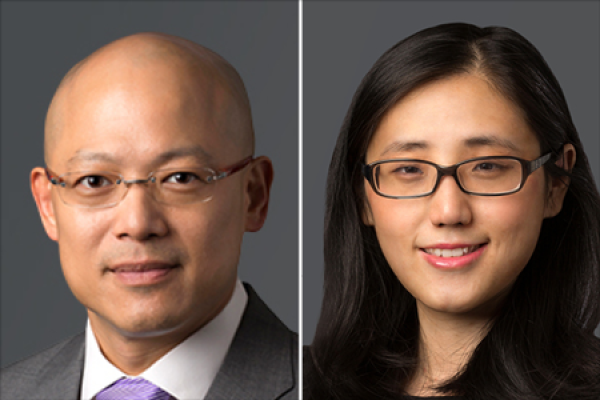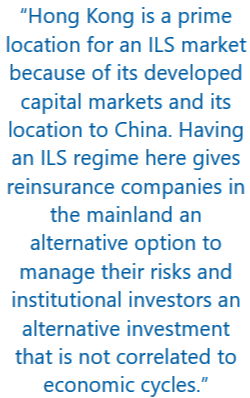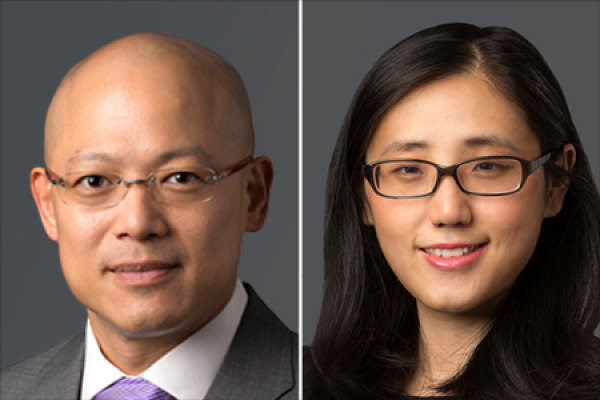
In September this year, a new regime for insurance intermediaries in Hong Kong was launched, and with that, a raft of new rules and requirements. However, it isn’t the only significant regulation change that insurers must be aware of as 2020 dawns. Tow Lu Lim, partner, and Jenny Yu, counsel, at Mayer Brown, describe the latest developments.
ALB: What have been some of the key regulatory developments in Hong Kong over the past year?
Lim & Yu: The new insurance intermediary regime came into effect in September 2019 which fundamentally changed the landscape of regulations of insurance intermediaries in Hong Kong. The Insurance Authority has taken over as the new regulator of insurance intermediaries. The new regime has a broader licensing scope of insurance intermediaries in the definition of “regulated activities.” There are also new conduct requirements for insurance intermediaries and the Insurance Authority has issued Codes of Conduct for Licensed Insurance Agents and Licensed Insurance Brokers as well as various other guidelines on sales conduct.
ALB: The HKIA’s Guideline on Cybersecurity will come into effect in January. What should firms do to ensure they are sufficiently prepared to meet these requirements?
 Lim & Yu: Insurers need to consider how compliant they are with GL20 (and GL21 concerning Enterprise Risk Management). Risk identification and an assessment of the effectiveness of cybersecurity measures (such as incident response plans and play-books) are key priorities. It bears reminding that the board has this responsibility so cybersecurity is a priority on their agenda.
Lim & Yu: Insurers need to consider how compliant they are with GL20 (and GL21 concerning Enterprise Risk Management). Risk identification and an assessment of the effectiveness of cybersecurity measures (such as incident response plans and play-books) are key priorities. It bears reminding that the board has this responsibility so cybersecurity is a priority on their agenda.
ALB: In September, the HKIA became the sole regulator of insurance intermediaries in the city. How did this change come about and what does it mean for the market?
Lim & Yu: This change was due to the Insurance Companies (Amendment) Ordinance 2015. This is the third stage of the implementation of the Amendment Ordinance. Previously, insurance intermediaries were regulated by self-regulatory bodies. For the market, this means a new and independent regulator with broad powers of investigation and inspection. Market players should be mindful to review their internal procedures and processes to ensure compliance with new rules and code of conducts.
ALB: In October, the HKIA granted its first virtual general license. What role are lawyers likely to play in this process?
Lim & Yu: The lawyers’ role would be to advise on how the insurer’s operations and business model, which are different to traditional insurance business models, would fulfil the authorisation requirements under the Insurance Ordinance Cap. 41, the eligibility of the business model under “Fast Track” and liaising and working with the Insurance Authority to facilitate the application process.
ALB: What regulatory developments do you expect to see rolled out in Hong Kong in the coming year?
Lim & Yu: One of the key developments that we are very excited about is the introduction of insurance-linked securities (ILS) regime in 2020. Hong Kong is a prime location for an ILS market because of its developed capital markets and its location to China. Having an ILS regime here gives reinsurance companies in the mainland an alternative option to manage their risks and institutional investors an alternative investment that is not correlated to economic cycles.
To contact the editorial team, please email ALBEditor@thomsonreuters.com.


